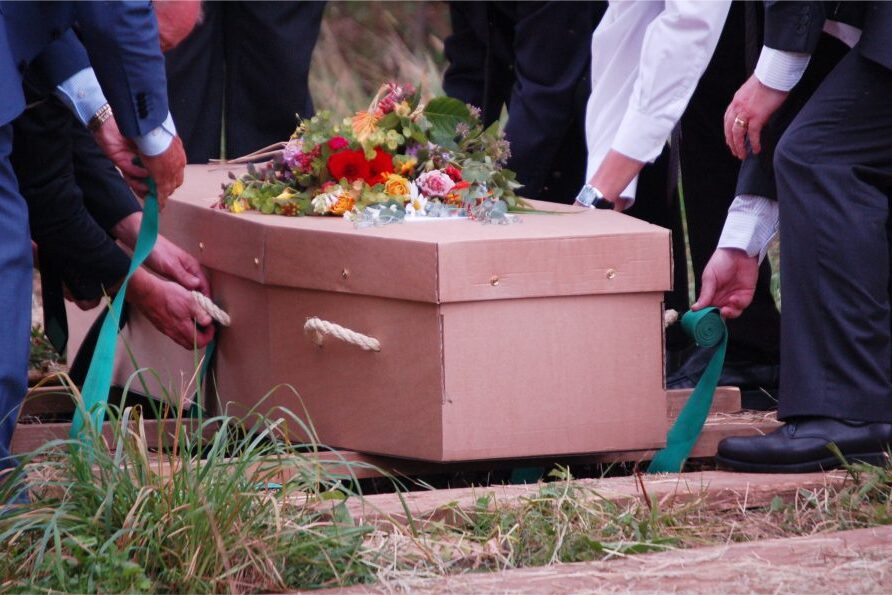Burial practices have evolved over centuries, reflecting cultural, religious, and environmental considerations. In modern times, two primary types of burials stand out:
Types of Burials: Traditional Burial and Natural Burial.
- Traditional Burial: Traditional burial is a time-honored practice characterized by embalming, a formal funeral service, and interment in a cemetery. This method often involves the use of caskets made of wood, metal, or other durable materials, which are placed in concrete vaults or grave liners to preserve the burial site. Headstones or grave markers typically mark the final resting place, serving as enduring memorials for the deceased. Traditional burial ceremonies may include religious rites, eulogies, and processions, providing solace and closure for grieving family and friends.
- Natural Burial: In contrast to traditional burial, natural burial emphasizes simplicity, sustainability, and environmental harmony. This eco-friendly approach involves interring the deceased in biodegradable caskets, shrouds, or urns made from natural materials such as wicker, bamboo, or recycled cardboard. Without embalming fluids or chemical preservatives, natural burial allows the body to return to the earth more quickly, fostering decomposition and nutrient replenishment in the soil. Natural burial sites often double as protected green spaces, allowing for the restoration and preservation of natural habitats. Families may choose natural burial to minimize their ecological footprint and embrace a more organic and holistic approach to death and remembrance.
In essence, types of Burials offer distinct avenues for honoring the departed and providing comfort to those left behind. Whether steeped in tradition or aligned with environmental values, the choice of burial method reflects deeply personal beliefs and preferences surrounding life, death, and legacy.


